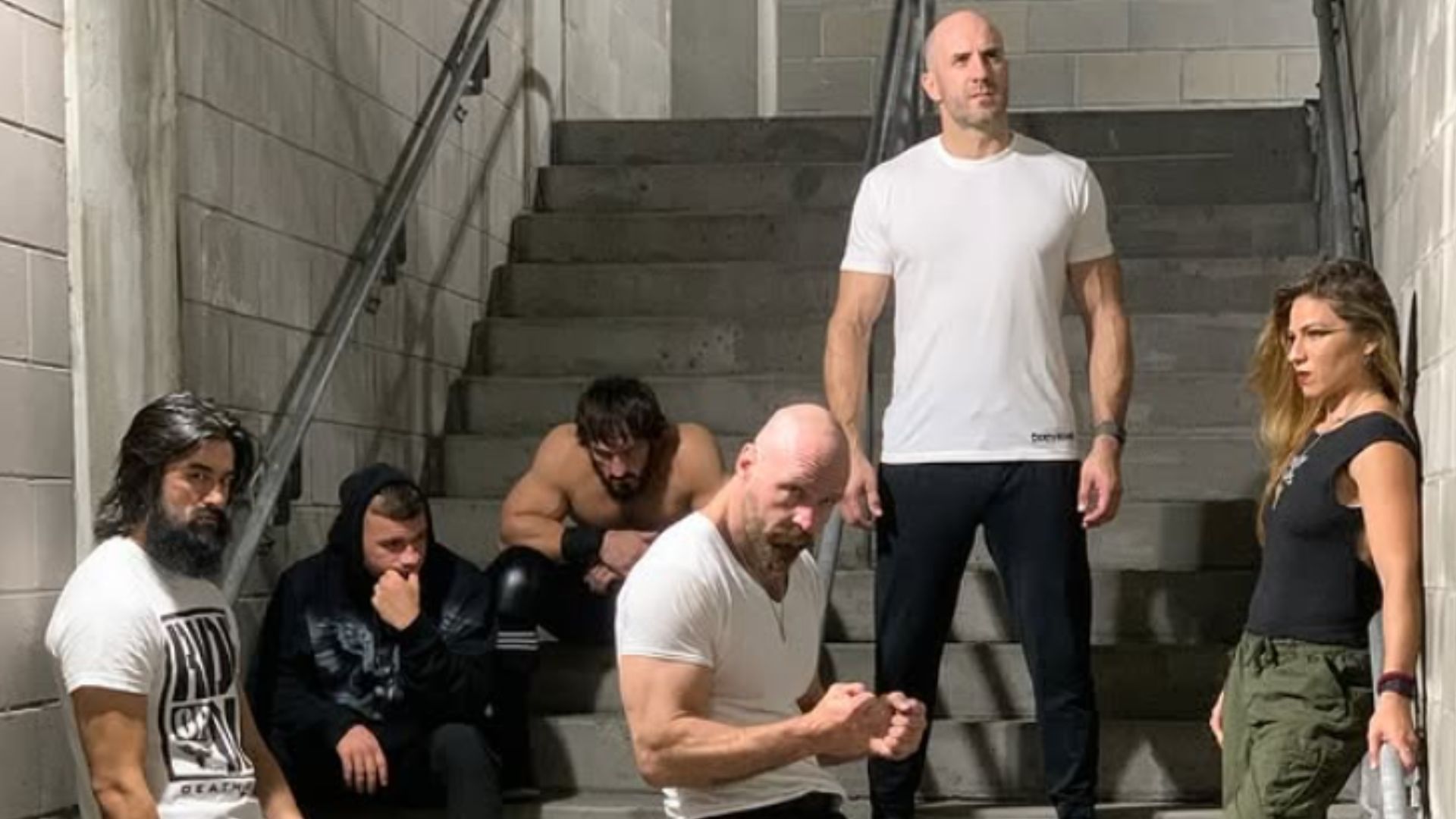**Youth HOPE Month Shines Light on Invisible Crisis of Youth Homelessness in North Carolina**
RALEIGH, N.C. (WTVD) — As communities across the country recognize Youth HOPE Month this November, advocates are drawing attention to an often-unseen crisis impacting millions of young people, including many right here in North Carolina.
According to the National Runaway Safeline, an estimated 4.2 million young people between the ages of 13 and 25 experience homelessness in the United States every year. Many of these young individuals are leaving unsafe homes, couch surfing, or struggling to meet their most basic needs.
Amanda Whitlock, CEO of the National Runaway Safeline, emphasized that November is a critical time to ensure these young people feel seen and not forgotten.
> “It allows us all to elevate the youth experience, to elevate the resources and services available to help youth and ensure that everyone knows how they can help a youth in their community that might be in need,” Whitlock said.
### ‘An Invisible Problem’
Whitlock explained that youth homelessness is frequently misunderstood. Unlike common perceptions, many young people aren’t sleeping on the streets—they are staying temporarily with friends, moving between homes, or living in unstable environments.
> “Youth homelessness can be an invisible problem,” Whitlock said.
> “There could be a youth in your kids’ school, your kids’ network, in your community that is couch surfing, that is unstable. Youth homelessness just isn’t the kid on the park bench.”
She added that many young people the organization assists have “never had a bed of their own.”
### Emerging Trends Among North Carolina Callers
In North Carolina, Whitlock noted that the most common callers to the National Runaway Safeline are teenagers aged 16 and 17. The Raleigh-Durham area sees a majority of callers who are young adults aged 22 and older—a growing group struggling to transition to independence.
Family conflict ranks as the top issue reported by teens and young adults in the state. Approximately 26 to 27% of callers mention household dynamics that make them feel unsafe or unwelcome. Financial strain is another major factor, cited by about 15% of callers.
> “They are one paycheck or one resource away from being told, ‘You got to go,’” Whitlock said.
### Local Resources and Where to Find Help
The National Runaway Safeline maintains a database of more than 6,000 resources nationwide. In North Carolina alone, there are 125 resources listed, including 25 available in the Raleigh-Durham area.
> “We want to make sure that everybody has access to the same resources we do to ensure that no youth is on the streets or is in an unsafe situation,” Whitlock said.
Families, caregivers, or young people seeking assistance can search for local help through the National Runaway Safeline’s resource database.
Whitlock shared that 30% of youth who contact the hotline are calling from home—highlighting a vital opportunity for early intervention to prevent homelessness.
> “There’s a real opportunity to prevent kids needing to run away, couch surf, and hit the streets,” she said. “We don’t always have a magic answer, but we’re here to listen.”
### Partnerships and Local Organizations
The National Runaway Safeline also operates **Home Free**, a longstanding partnership with Greyhound that helps reunite young people with family members when it is safe to do so.
Whitlock encouraged community members to learn about local organizations supporting youth, such as **Haven House** in Raleigh, **The Relatives** in Charlotte, and **Youth Focus** in Greensboro.
> “Just because a kid’s going to school or attending after-school activities doesn’t mean they have a safe bed of their own to return to,” she said.
### How to Support Youth HOPE Month
During Youth HOPE Month, the National Runaway Safeline is asking people to help raise awareness by wearing green, lighting landmarks in green, and sharing information on social media.
> “This is a national campaign to raise awareness for youth homelessness,” Whitlock said.
> “Use your own social media to increase awareness so that every youth who may feel invisible knows that they’re seen and that there are resources and help available.”
—
For more information or to find resources, visit the [National Runaway Safeline website](https://www.1800runaway.org). If you or someone you know is a youth in crisis, help is just a phone call or click away.
https://abc11.com/post/youth-hope-month-millions-young-people-face-homelessness-nationwide-including-north-carolina-heres-how-help/18161732/




